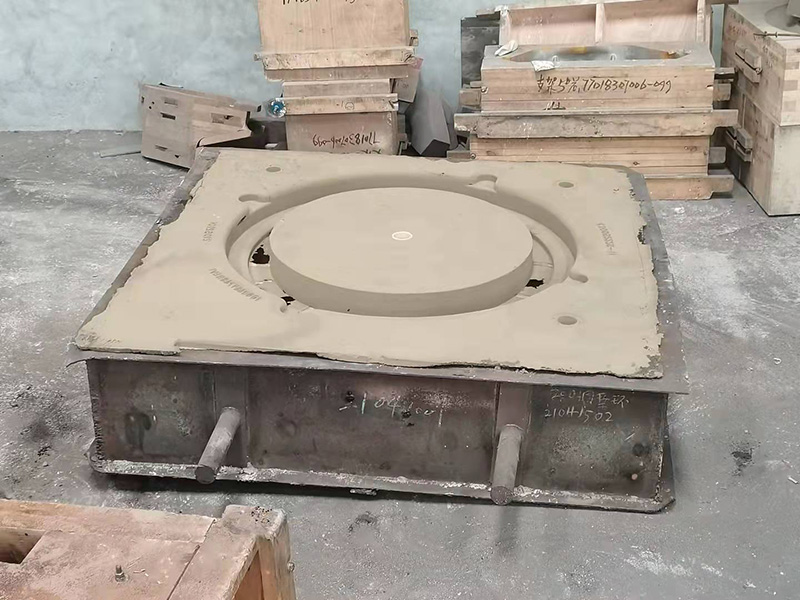Understanding Foundry Sand Its Meaning and Significance in Metal Casting
Foundry sand is a crucial material in the metal casting industry, playing a vital role in the production of various metal components and structures. To grasp its importance, it is essential to understand what foundry sand is, its types, its properties, and its applications in the foundry process.
What is Foundry Sand?
Foundry sand refers to high-quality silica sand that is used in metal casting processes. It serves as the main molding material in the casting of metals. Foundry sand is characterized by its fine grain size and high purity, which makes it essential for creating molds that can withstand the intense heat and pressure involved in casting molten metal.
The sand is typically composed of silicon dioxide (SiO2) and is processed to eliminate impurities that could affect the quality of the castings. The demand for high-quality foundry sand has increased due to the growing metal casting market, which includes industries like automotive, aerospace, and construction.
Types of Foundry Sand
There are several types of foundry sand, each with its unique properties and applications
1. Green Sand This is a mixture of silica sand, bentonite clay, and water. It is called green because it is used in a moist state. Green sand is the most common type of sand used in foundries due to its excellent molding properties and ability to produce intricate designs.
2. Dry Sand This sand is similar to green sand but has a lower moisture content. It is used for applications requiring more detailed mold shapes and durability, often producing smoother surfaces on the final cast products.
3. Chemically Bonded Sand This type involves chemically activated binders, which help the sand particles stick together even without moisture. This category includes the use of epoxy and phenolic binders and is increasingly popular due to its ability to produce highly detailed and complex molds.
4. Core Sand Specifically designed for making cores in castings, core sands are usually mixed with binders and can be baked to increase strength and precision. They are crucial for hollow components that need additional features.
Properties of Foundry Sand
foundry sand meaning

The effectiveness of foundry sand is attributed to several key properties
- Thermal Stability Foundry sand must retain its structural integrity at high temperatures. The thermal stability of silica sand makes it ideal for withstanding the heat from molten metal.
- Grain Shape and Size The roundness and uniformity of sand grains impact the mold's surface finish and its strength. Well-graded sand helps ensure good compaction and facilitates easier removal of the mold after casting.
- Reusability A significant advantage of foundry sand is its ability to be reused after the casting process. Reclamation systems enable foundries to recover and recycle sand, reducing material costs and environmental impact.
Applications in Foundrying
In metal casting, foundry sand is predominantly used to create molds where molten metal is poured to form desired shapes. Its applications span various sectors, including
- Automotive Industry Foundry sand is crucial in producing engine blocks, transmission cases, and other intricate parts.
- Aerospace High-performance components like turbine blades require precise casting that can be achieved through the use of high-quality foundry sand.
- Construction In construction, foundry sand is used to manufacture components such as valves and piping systems.
Conclusion
Foundry sand is more than just a basic material; it is an essential component of the metal casting process that significantly influences the quality and properties of the final product. Understanding the types, properties, and applications of foundry sand sheds light on its invaluable role in various high-tech industries. As technology advances, the demand for more efficient and sustainable casting processes continues to grow, driving innovation in the use and recycling of foundry sand. This emphasizes the importance of ongoing research and development in this field, ensuring that foundry sand remains a cornerstone of modern manufacturing.
Post time:Dùbh . 25, 2024 04:56
Next:lost foam casting applications
